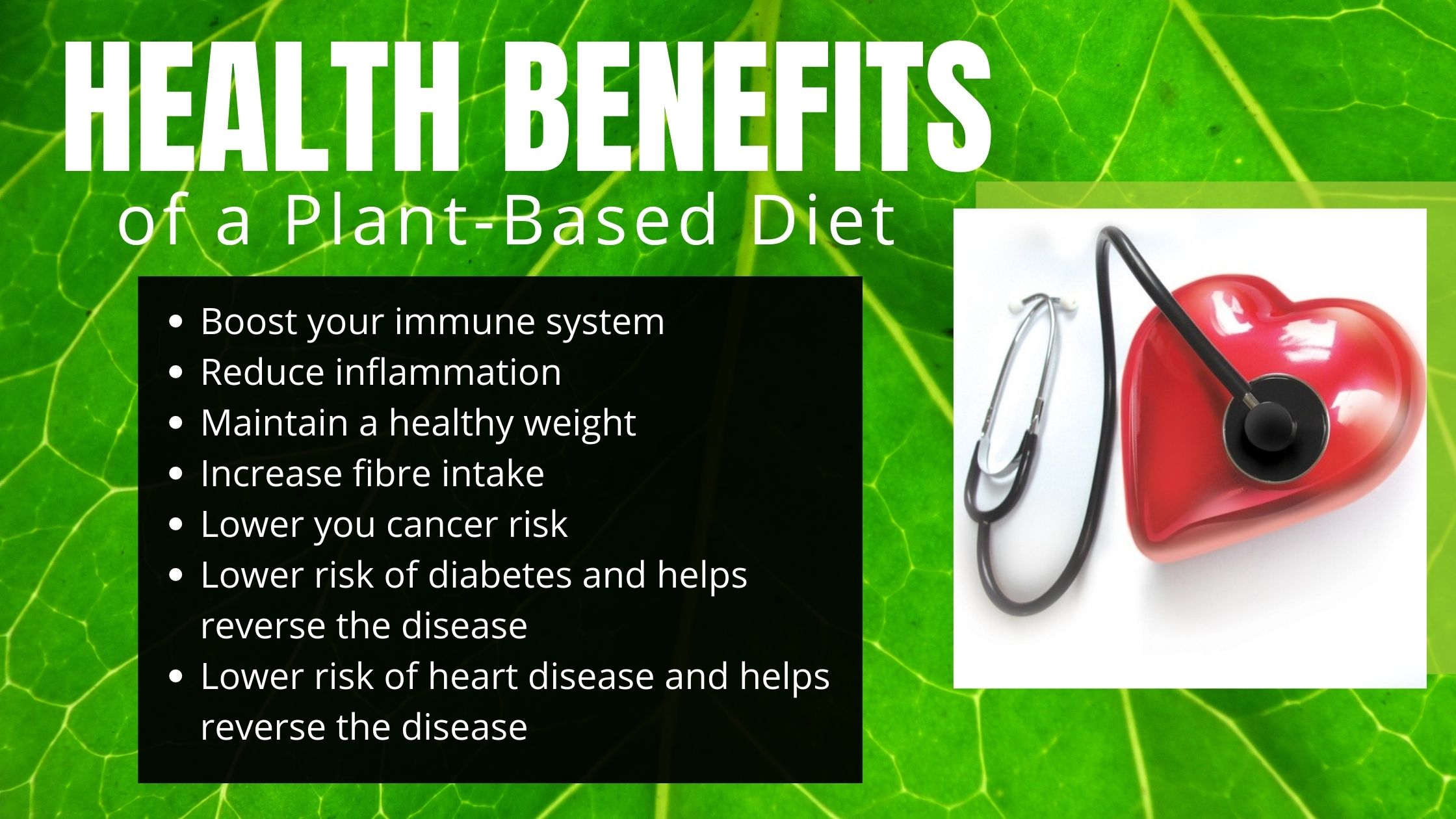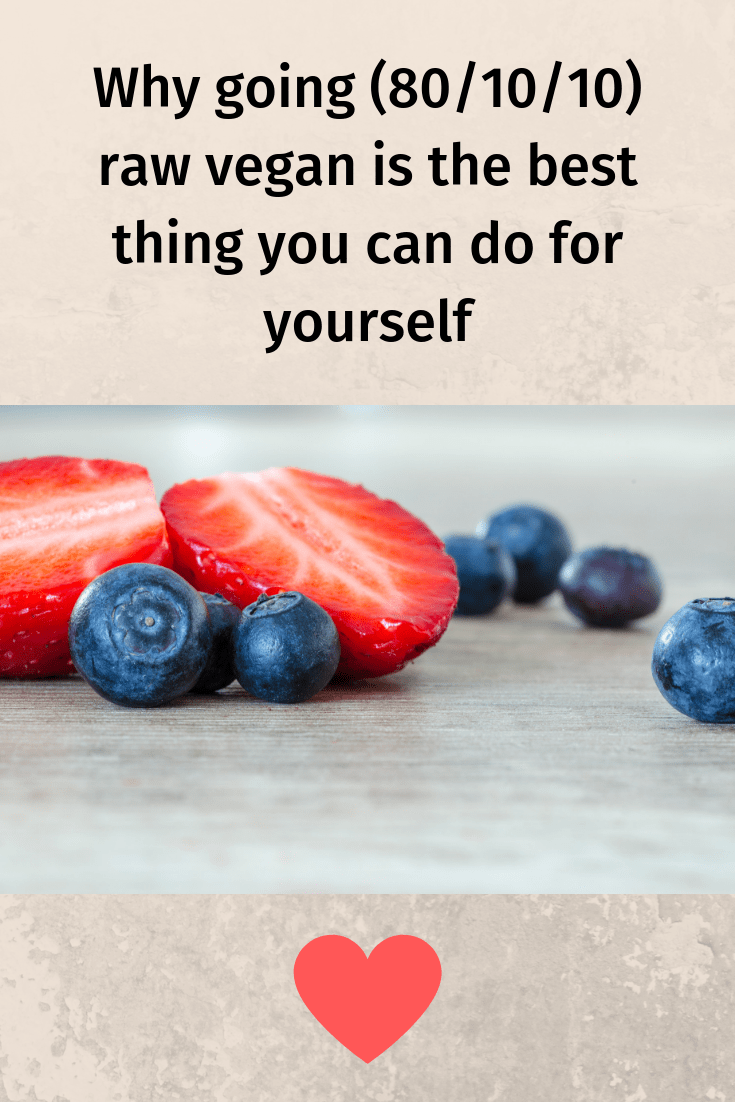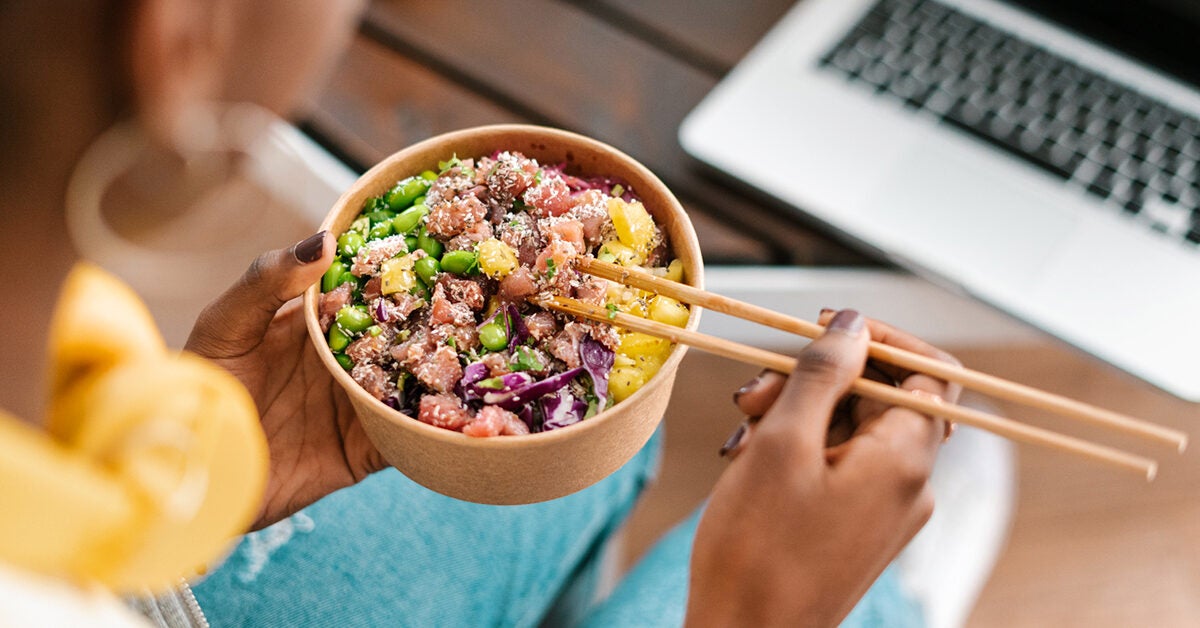
For your body to stay healthy and in great shape, you must eat enough protein. It also helps you maintain lean muscle during weight loss. There are many sources of protein. Some sources may not be complete. You need to know the essential amino acid contents of these foods in order to get the right amount of protein.
Protein is vital for our bodies to create and repair cells and tissue. Our bodies require nine essential amino compounds. The human body can't produce all nine essential amino acids by itself. The body will use amino acids to aid in many functions. The nine essential amino acid are methionine (lysine), cysteine (arginine), cysteine (threonine), leucine and isoleucine.
The best source of complete protein is generally found in animal-based food. Some plant-based proteins are not complete. These include legumes, grains and seeds as well as nuts. These foods come in many forms: whole grain cereals are available, dried peas and lentils are all options, as well as nuts.

Protein is generally considered incomplete because it lacks all the essential amino acids. These essential amino acids are necessary for the building and repair muscles and tissues. Plant-based protein sources tend to be incomplete, as they do not contain all the essential amino compounds. You can combine incompletories with incomplete proteins to make complete proteins.
Incomplete proteins can be found in many plant-based foods, including soybeans, hemp seeds, rice, beans, and grains. There are also complete proteins found in dairy products, eggs, poultry and buckwheat. For vegans or vegetarians, it is important to look for complete plant protein. Pescatarians can also get complete plant-based protein by pairing complementary foods. Peanut butter on whole-wheat bread with lentil soup, cereal with almond milk, and cereal with almondmilk are just a few examples.
You can ensure enough protein intake by eating a variety of protein foods. You should also know the content of each protein source to get the most out of them. To support certain health goals, you can use incomplete proteins.
Supplements can help you lose weight. Whey protein is one the most digestible complete proteins. It is also easy to absorb by the body. Soy milk is another source for complete proteins.

Whether you are looking for complete or incomplete protein, the most important thing to remember is that it is important to eat a variety of different foods. This will ensure your body gets all the necessary nutrients it needs to stay healthy. Eating insufficient proteins can also lead to health problems. You will be able to achieve your ideal body shape much faster if you eat the right kind of protein.
The best way to ensure that you get all of the essential amino acids is to eat a variety of different protein foods. Eat foods high in protein such as beans, lentils and nuts. There are many protein-rich options, such as bean soups with rolls, chickpeas and cornbread, and rice and beans stir fry.
FAQ
How can I lower my blood pressure
You must first determine the cause of high blood pressure. You must then take steps towards reducing the problem. This could mean eating less salt, losing some weight, taking medication, and so on.
Exercise is also important. If you don't have time for regular exercise, then try walking as often as possible.
You should join a gym if you are unhappy with your exercise routine. You will probably join a gym that is open to other people with similar goals. It is much easier to stick with a exercise program if there are others who will be watching you at the club.
Do I need calories to count?
You might be asking "What is the best diet?" or "is counting calories necessary?" The answer to this question depends on many factors, including your current health, your personal goals and preferences, as well as your overall lifestyle.
Which one is right for you?
The best diet is dependent on my current health status, personal goals, preferences, and overall lifestyle. There are many diets available, some good and others not so good. Some diets work better than others. What should I do? What can I do to make the right decision?
These are the questions that this article attempts to answer. It begins with an overview of the different diets today. Next, we'll discuss the pros and cons for each type of diet. Finally, we'll discuss how to select the best one.
Let's look at some of the main types of diets to get started.
Diet Types
There are three main types. Low fat, high protein, or ketogenic. Let's take a look at them all below.
Low Fat Diets
A low-fat diet restricts fat intake. This is achieved through a reduction in saturated fats (butter or cream cheese), etc. These fats can be replaced with unsaturated fats like avocados and olive oil. If you want to lose weight fast and easily, then a low-fat diet is often recommended. However, this kind of diet may cause problems such as constipation, heartburn, and indigestion. A person may also experience vitamin deficiencies if they don't get enough vitamins.
High Protein Diets
High protein diets reduce carbohydrates to favor of proteins. These diets are more protein-rich than others. These diets are designed to build muscle mass and help you burn more calories. However, they might not provide enough nutrition for those who need to eat frequently. They may also be too restrictive and not suitable for everyone.
Ketogenic Diets
The ketogenic diet is also known by the keto diet. They are high in fat, moderately high in protein, and low in carbohydrates. They are commonly used by athletes and bodybuilders as they allow them to train harder, longer and without feeling fatigued. However, they must be used with caution to avoid nausea, headaches and fatigue.
What are the 7 keys to a healthy, happy life?
-
Eat right
-
Exercise regularly
-
Rest well
-
Drink lots of water
-
Get enough rest
-
Be happy
-
Smile often
Why is it important to live a healthy life?
A healthy lifestyle will help us live longer and happier lives. A healthy lifestyle, regular exercise and good sleep habits will prevent the development of diseases such as stroke, diabetes and heart disease.
A healthy lifestyle will improve our mental well-being and help us deal better with everyday stresses. A healthy lifestyle will increase self confidence, and it will make us feel younger.
Statistics
- This article received 11 testimonials and 86% of readers who voted found it helpful, earning it our reader-approved status. (wikihow.com)
- In both adults and children, the intake of free sugars should be reduced to less than 10% of total energy intake. (who.int)
- nutrients.[17]X Research sourceWhole grains to try include: 100% whole wheat pasta and bread, brown rice, whole grain oats, farro, millet, quinoa, and barley. (wikihow.com)
- The Dietary Guidelines for Americans recommend keeping added sugar intake below 10% of your daily calorie intake, while the World Health Organization recommends slashing added sugars to 5% or less of your daily calories for optimal health (59Trusted (healthline.com)
External Links
How To
What does the term "vitamins" mean?
Vitamins are organic substances found naturally in food. Vitamins are essential for our bodies to absorb nutrients from the foods we eat. Vitamins cannot be made by the body; they must be taken from food.
Two types of vitamins exist: water soluble and oil soluble. Water-soluble vitamins dissolve readily in water. You can find vitamin C,B1 or thiamine, B2 or riboflavin and B3 or niacin. B6 is pyridoxine. Folic acid, biotin and pantothenic are some examples. The liver and fatty tissue are the main storage places for fat-soluble vitamins. Some examples include vitamin D and E, K, A, beta carotene, and A-vitamins.
Vitamins can be classified by their biological activity. There are eight major groups of vitamins:
-
A - Essential for healthy growth and health maintenance.
-
C – essential for proper nerve function.
-
D - necessary for healthy bones and teeth.
-
E - required for good vision & reproduction.
-
K - Essential for healthy muscles and nerves.
-
P – Vital for building strong bones.
-
Q – aids digestion and absorption.
-
R - necessary for making red blood cells.
The recommended daily allowance (RDA), for vitamins, varies based on gender, age, and physical condition. The U.S. Food and Drug Administration (FDA) sets the RDA values.
For adults aged 19 or older, the RDA of vitamin A is 400mg per day. Because it is essential for the development of the fetus, pregnant women should consume 600 micrograms per days. Children ages 1-8 require 900 micrograms per day. Babies under one-year old need 700 micrograms per daily. Between 9 and 12 month, however, this drops to 500 mg per day.
Children aged between 1-18 years old who are obese require 800 micrograms per Day, while overweight children need 1000 micrograms every day. Children underweight or obese will require 1200 micrograms a day to meet their nutritional requirements.
Children ages 4-8 years who have been diagnosed with anemia need 2200 micrograms per day of vitamin C.
Adults over 50 years of age need 2000 micrograms per day for general health. Due to their increased nutrient needs, pregnant and breastfeeding women need 3000 micrograms daily.
Adults over 70 years of age need 1500 micrograms per day since they lose about 10% of their muscle mass each decade.
Women who are pregnant and lactating need more nutrients than the RDA. Pregnant women require 4000 micrograms daily during pregnancy, and 2500 micrograms every day after birth. Breastfeeding mothers need 5000 micrograms per day when breast milk is being produced.